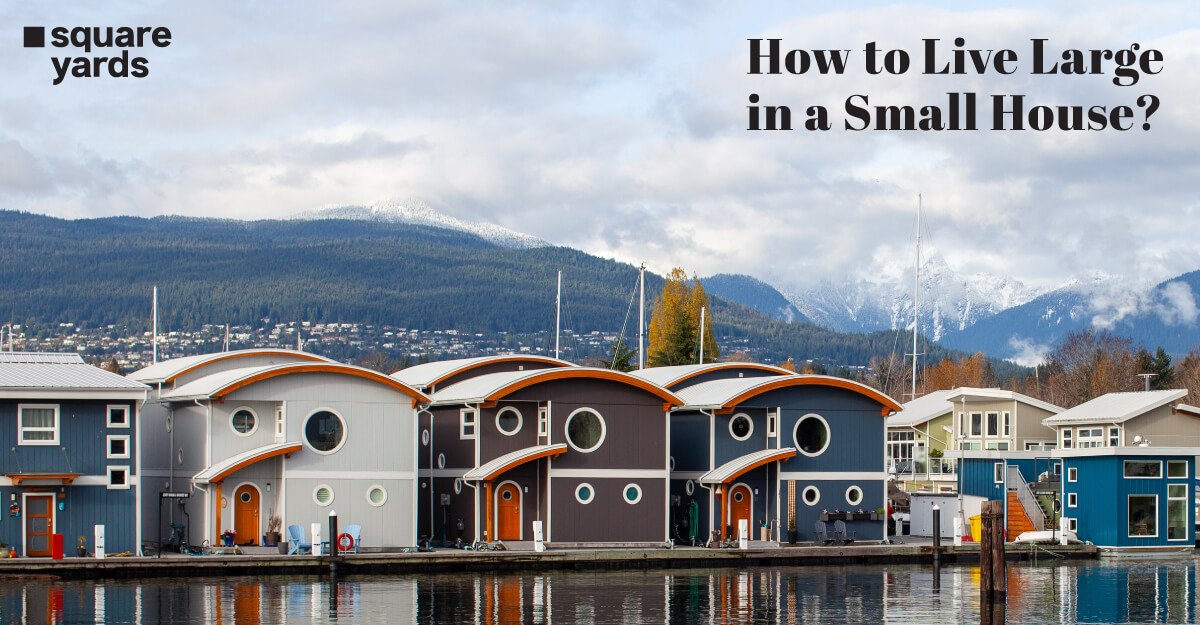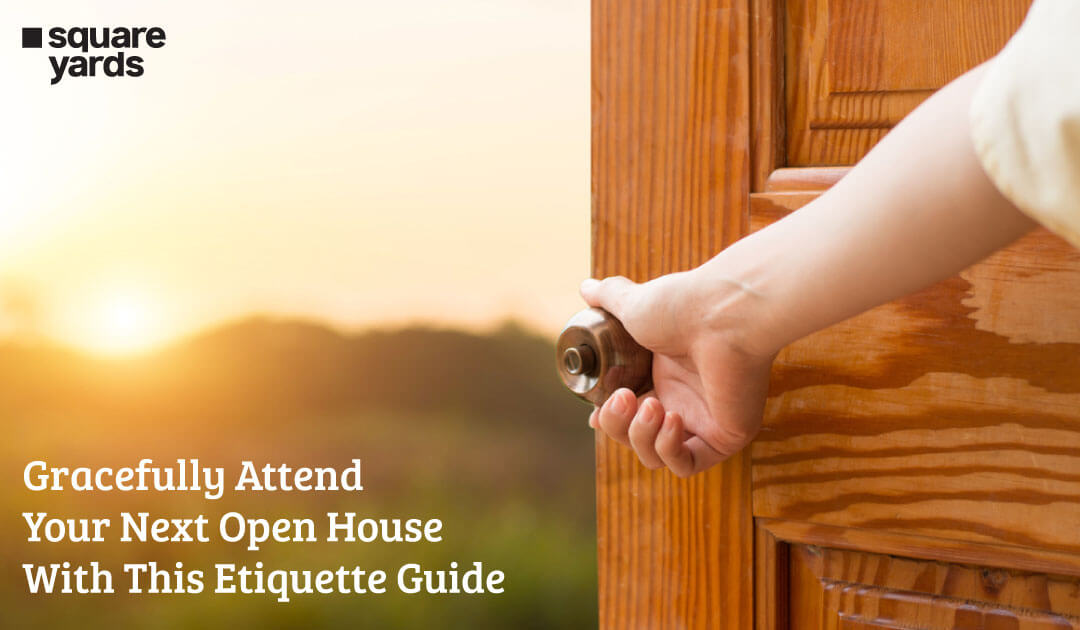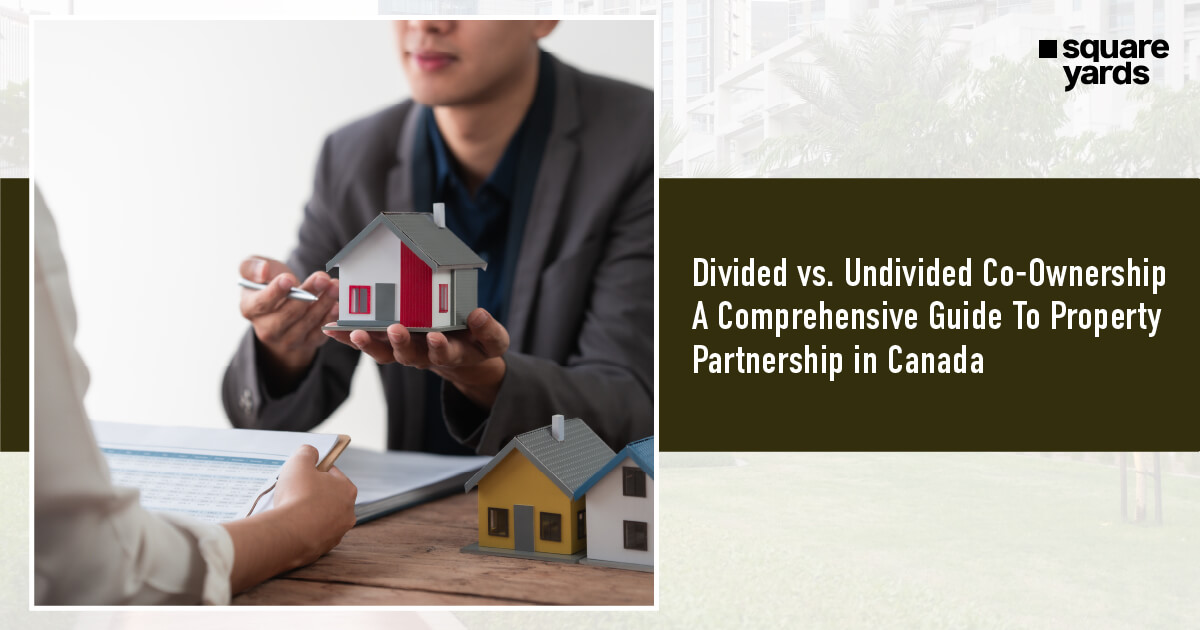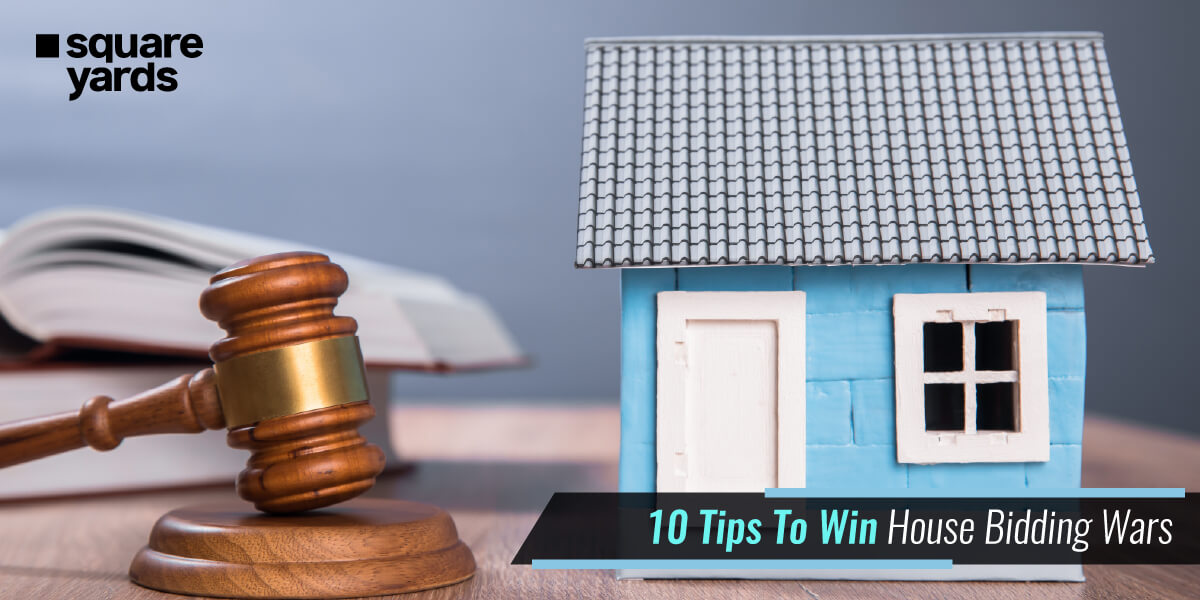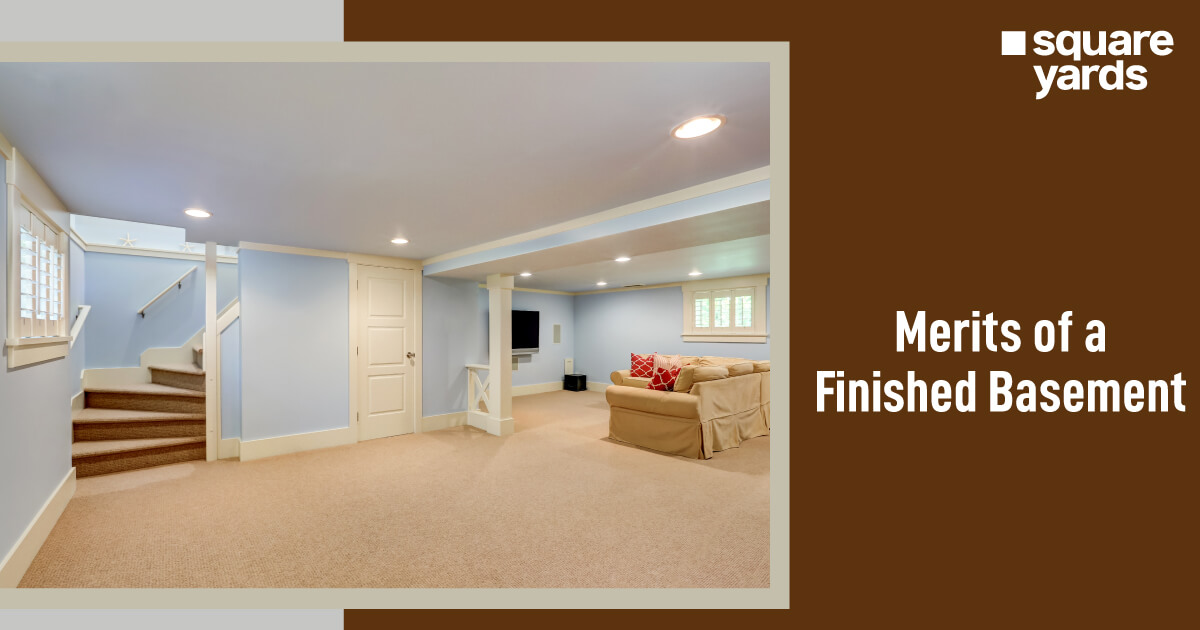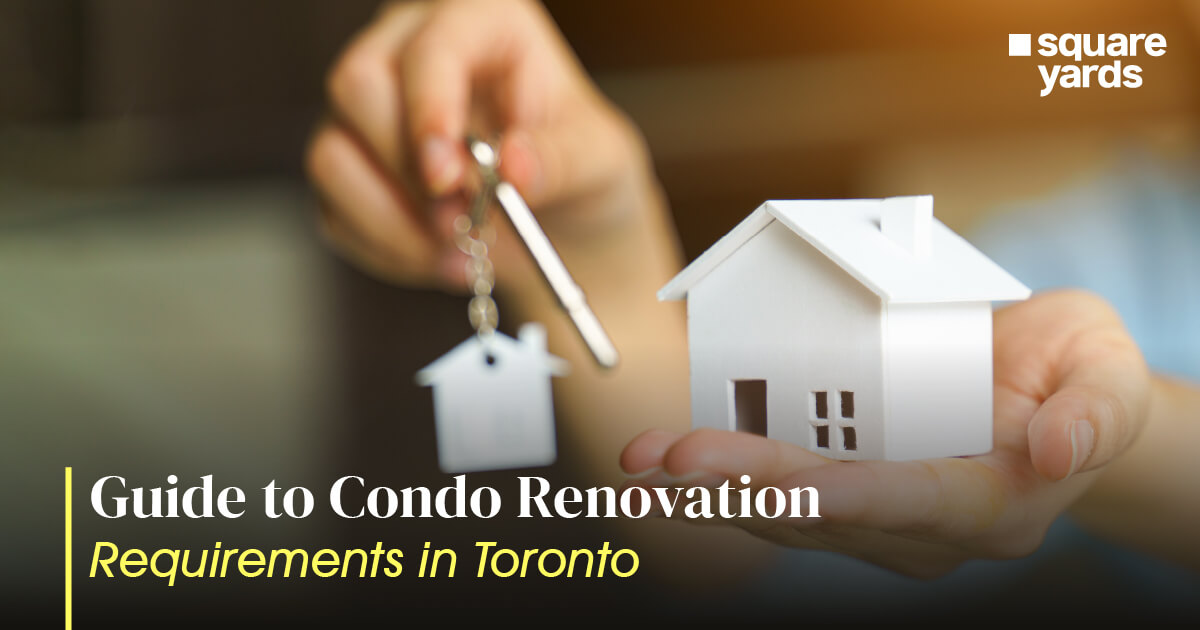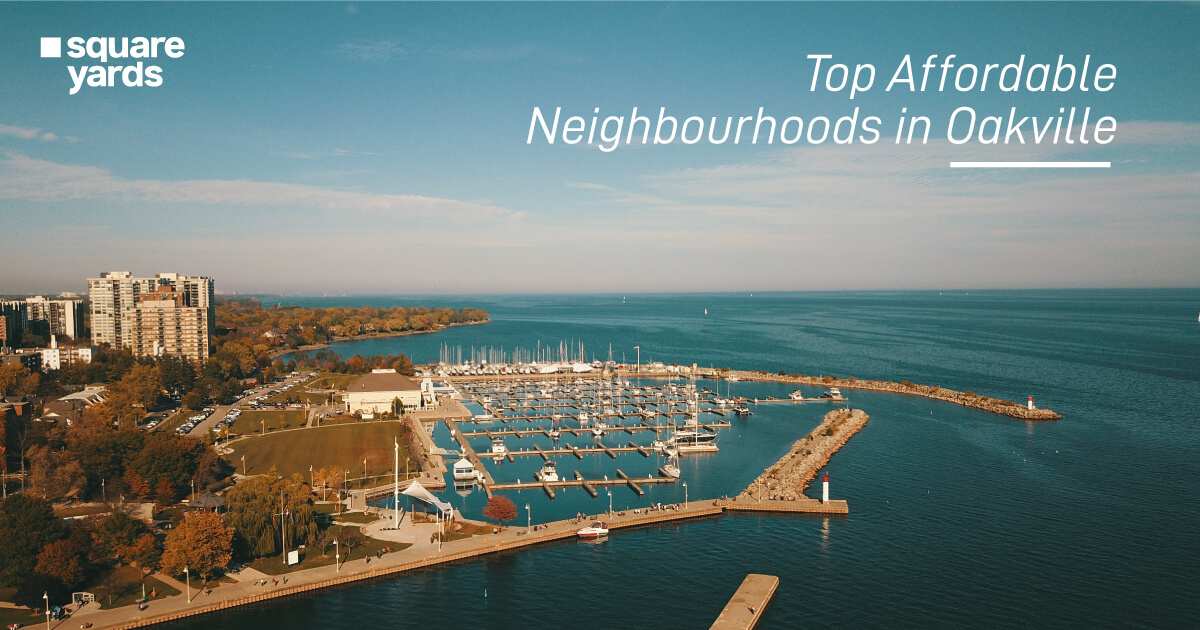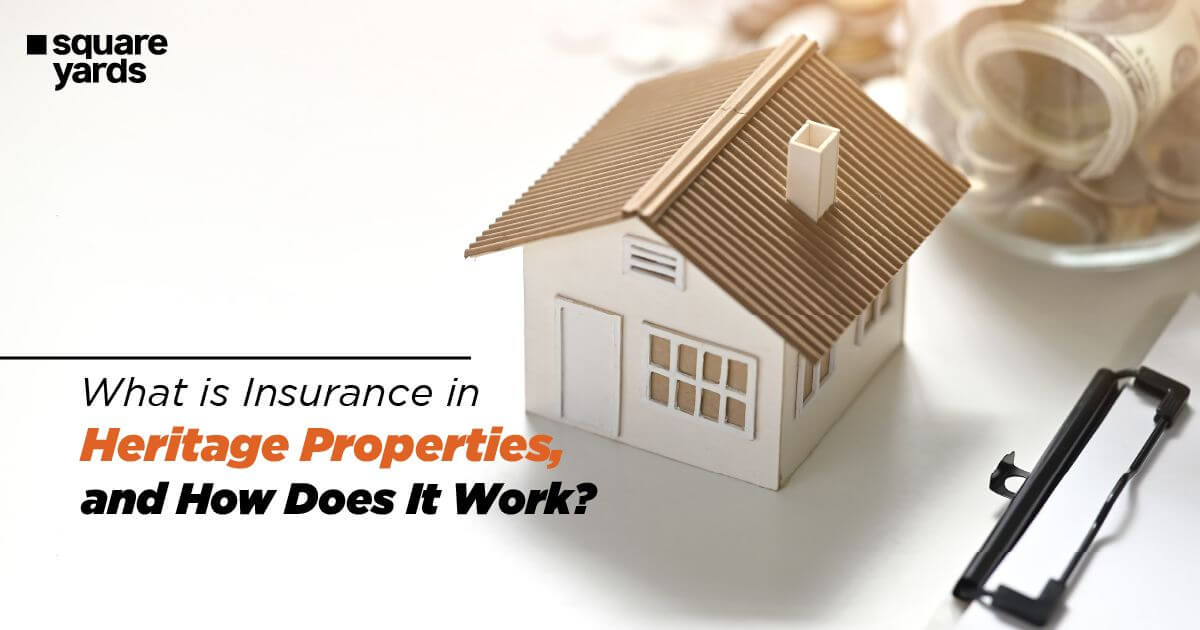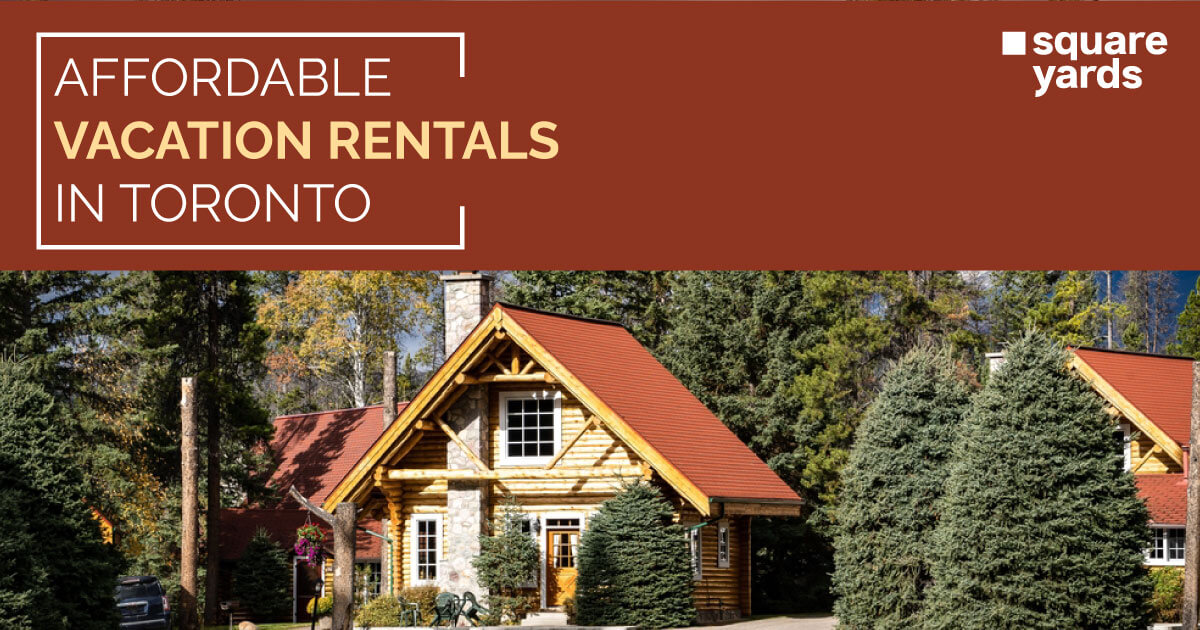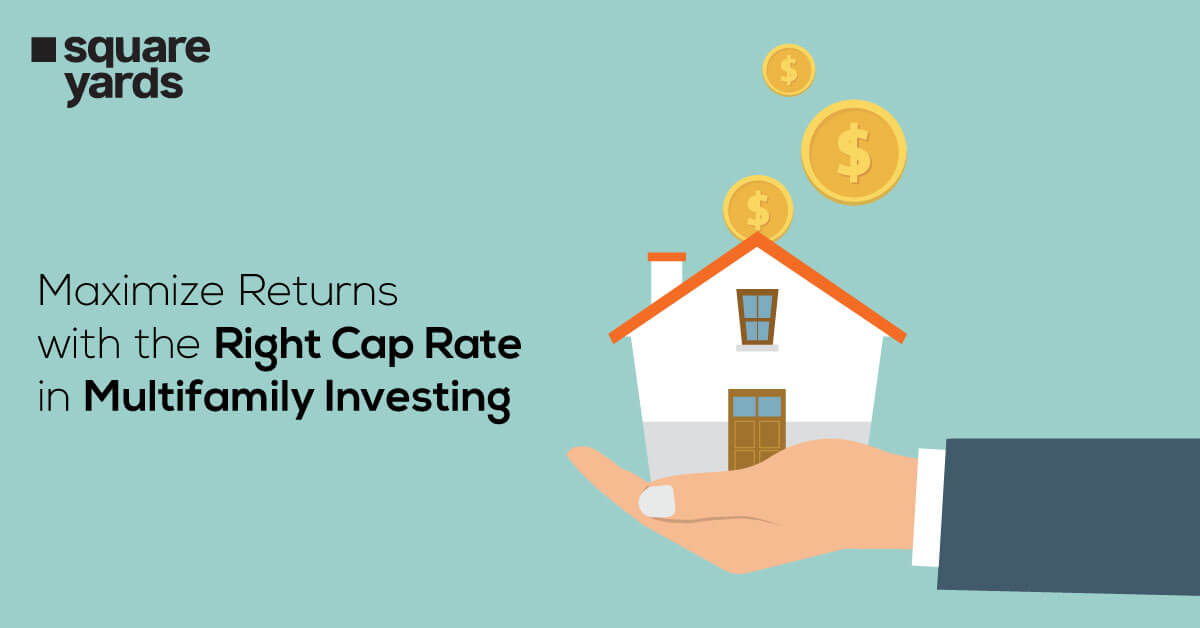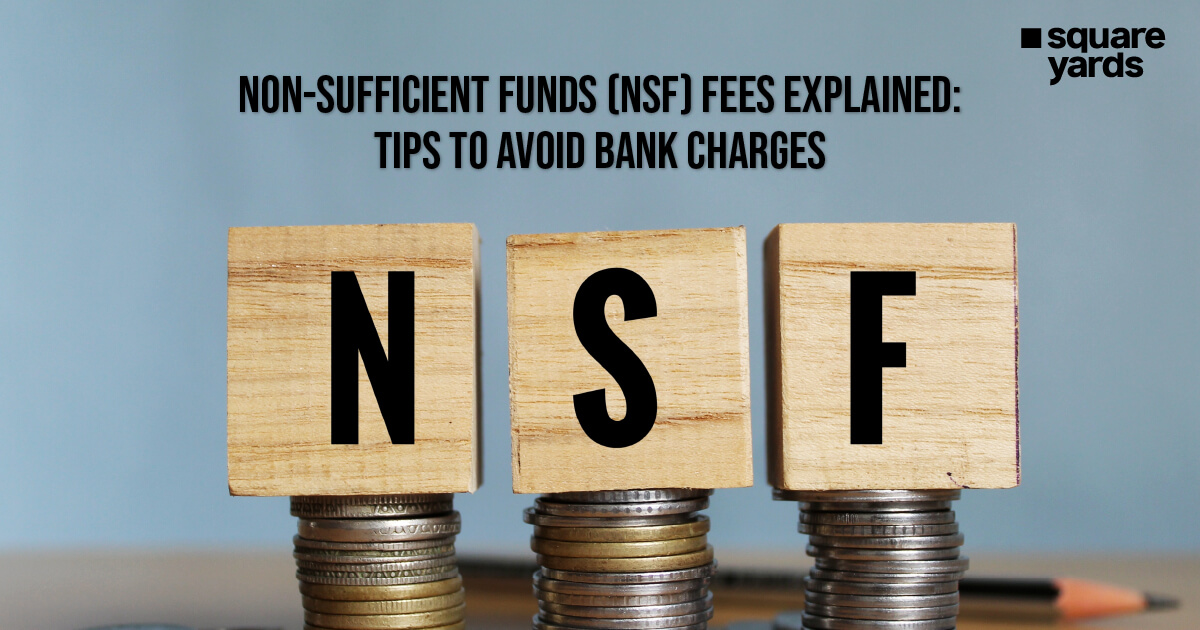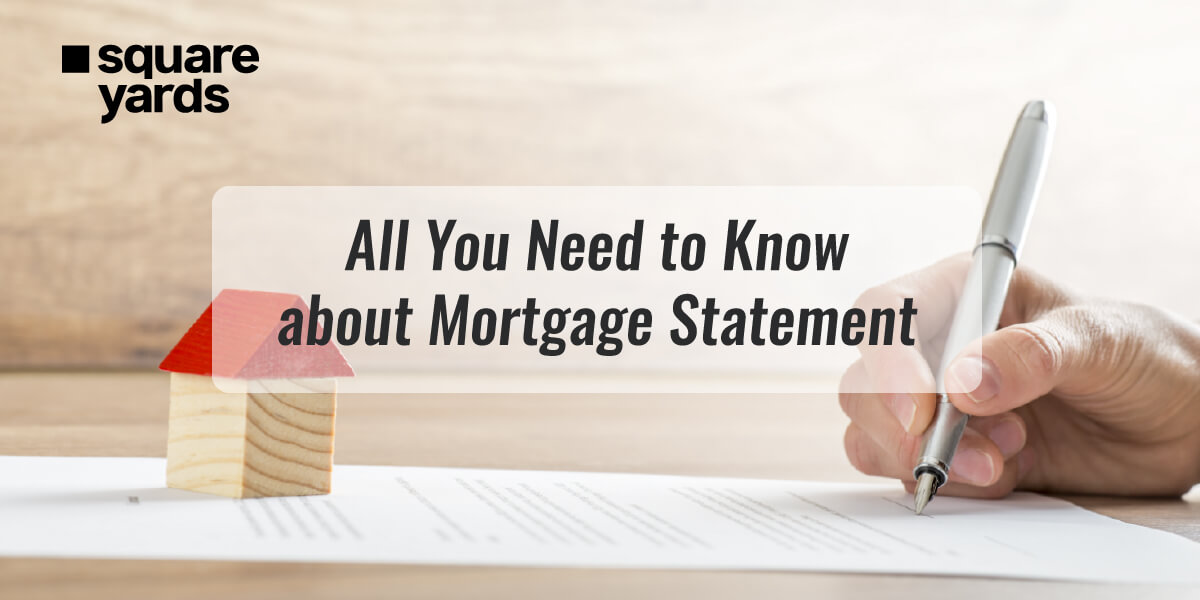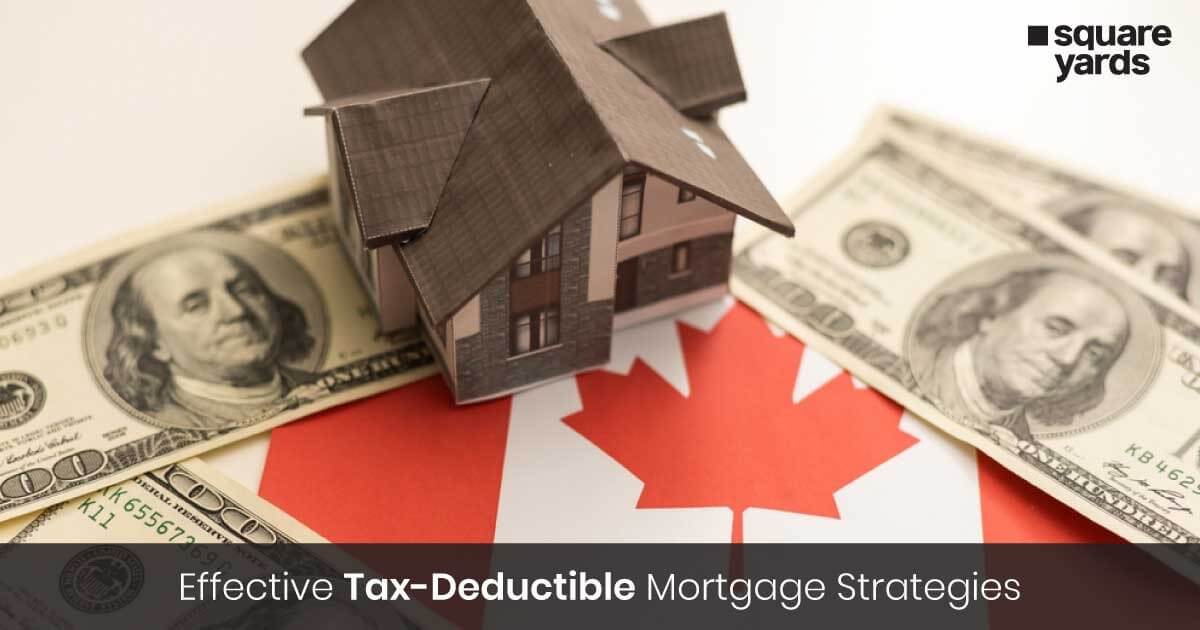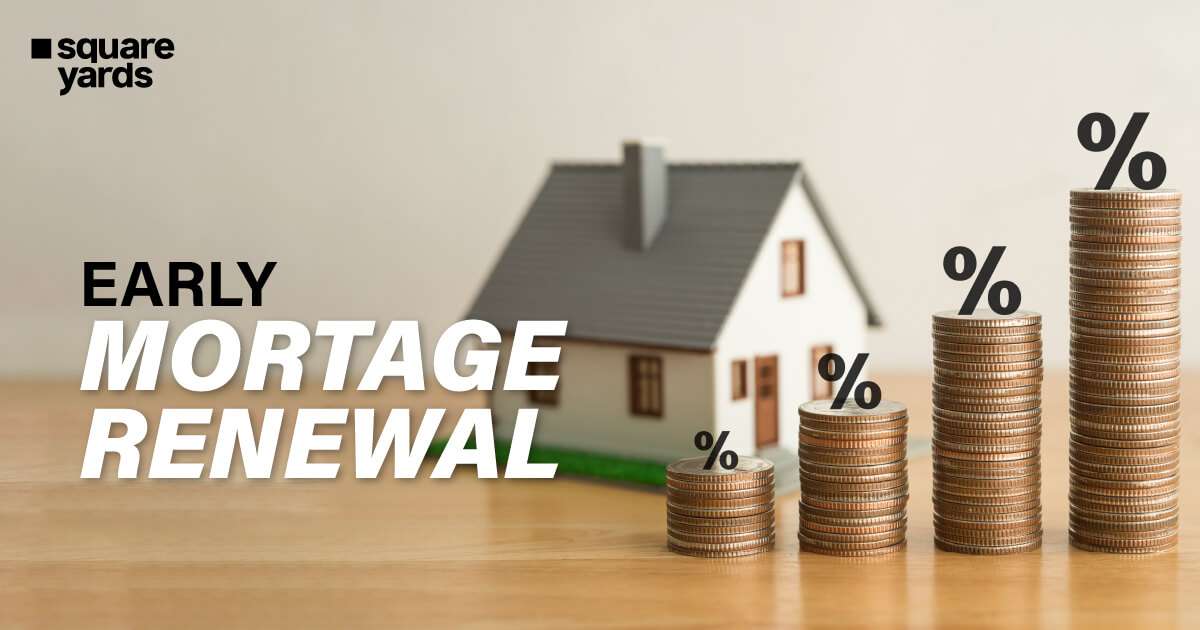The tiny house movement has been gaining much traction recently as people look to downsize and simplify their lives. But small houses do not imply uncomfortable living. Many people who live in tiny homes Canada say they feel freer and have more time and money to do the things they love. This blog post will explore all the benefits and other aspects of living in a tiny house.
What Qualifies As a Tiny Home?
A house with a small area or a tiny house design implies that the dwelling covers an area typically under 400 square feet.
For a dwelling to qualify as a small or tiny house, the following factors are considered :
-
- The home must be built on a permanent foundation that meets local building code requirements.
- The home must be connected to water, sewer, and electricity.
- The tiny house design must have weatherproofing and insulation that meet local building code requirements.
- The home must have adequate ventilation and lighting.
- The home should have enough storage space for the occupants’ belongings.
What Are The Benefits of Tiny Homes?
There are plenty of benefits that come with living in a tiny home. Here are a few :
-
- You can reduce your environmental impact : Tiny homes use less energy and resources than traditional homes, so they have a smaller environmental footprint.
- You can declutter your life : Tiny homes force you to declutter your life and only keep the essentials.
- You can live anywhere : Since they are so portable, tiny homes can be placed anywhere.
- Freedom from a mortgage : The average price per square foot for a tiny home is much lower than that of a traditional home, meaning you can save up and pay cash for your tiny home outright.
- Low maintenance costs : Tiny homes are easier and cheaper to maintain than traditional homes.
- Increased sustainability : The design of small houses uses fewer resources than traditional homes, making them more sustainable and eco-friendly.
- Greater sense of community : This is most likely attributable to the increased contact with neighbours brought about by living in close quarters.
How Much Do Tiny Homes Cost?
The cost of a tiny homes Canada will vary depending on several factors, including the size and style of the house, the materials used, and whether you build it yourself or hire a professional. On average, a small DIY tiny home can take about $30,000 to $60,000 to make, or $45,000 on average. However, 10% to 20% of the project’s total estimated cost will go toward appointing a tiny home builders.
The biggest expense with the design of small houses is usually the materials. For example, a typical 24′ x 8′ tiny home will require around $4,000 worth of lumber. Other common materials used in tiny homes Canada include windows, doors, insulation, and siding.
If you’re looking to live in a tiny home full-time, you’ll also need to factor in the cost of utilities (for water, electricity, and sewage). These costs will vary depending on where you live and your lifestyle.
How To Buy Tiny Homes?

If you’re considering joining the tiny house movement, there are a few things you need to know before leaping.
-
- Determine if you are ready to downsize : This means getting rid of excess belongings and being comfortable with less space.
- Please do your research : There are many types and styles of tiny homes, so you want to ensure that you find the one that best suits your needs and wants.
- Calculate your budget : Know how much you can realistically afford to spend on a tiny home is essential.
- Find the Right Location : You will need land or property zoned for a tiny home with the proper hookups for water, electricity, and sewage.
- Work With a Professional : It is always best to work with a professional who can help guide you through the process and ensure everything goes smoothly.
Where Are Tiny Homes Legal?

There are many places across the U.S. and Canada where you can legally live in a tiny house. Here are just a few of them :
-
- Austin, Texas, has been leading the way in terms of tiny house legislation, with specific rules and regulations to allow this type of living.
- Colorado has also enacted laws allowing people to build and live in tiny houses. There are also places like Tiny House Community in Lafayette, Colorado, that provide a supportive environment for those looking to downsize.
- Oregon, there is no state wide law regulating tiny houses, but some cities and counties have created their ordinances.
- Florida has even passed a law making obtaining permits for building tiny homes easier.
- Tiny homes Canada caters to many beautiful and scenic locations across the country that are perfect for setting up a tiny house. Plus, with Canada’s colder climate, you can be sure that your Tiny House will be well-insulated against the cold weather!
How To Build Tiny Homes?
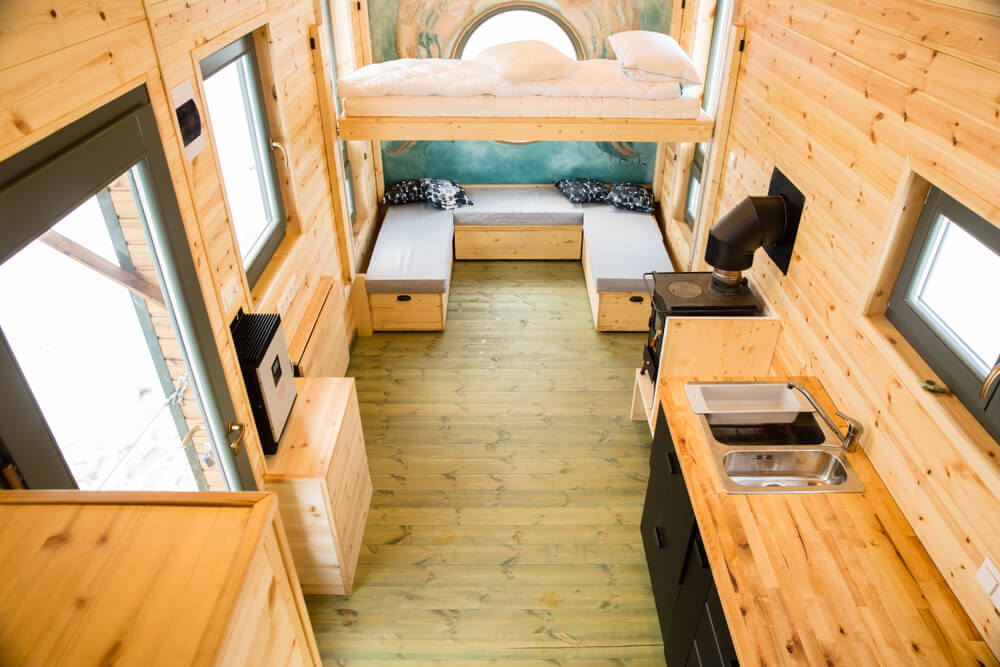
Building a tiny homes in Canada can be a fun and rewarding experience, but it does require some careful planning and work. Here are some tips to help you get started :
-
- Choose the right location : You’ll need to factor in things like climate, proximity to amenities, and building regulations.
- Decide on the size and layout : This will determine the tiny house floor plans, how many people will live there, and your needs.
- Find the perfect plan or design : Many great resources are available online and in books to cater for the perfect tiny house floor plans.
- Gather the Materials You’ll Need to Build Your Tiny Home : This includes lumber, siding, windows, and doors.
- Start Construction : The most exciting process is seeing your vision come to life.
How To Get Insurance on a Tiny Home
To help you get insurance for your tiny house, here are various options available:
-
- Check with your current homeowner’s insurance carrier : Many carriers will insure a tiny home if it is classified as a recreational vehicle (RV).
- Purchase an RV policy : This policy is specifically designed for RVs and typically covers the dwelling and personal belongings inside.
- Look into a speciality insurer that offers coverage : These types of insurers understand the unique risks associated with tiny homes and can provide comprehensive coverage.
- Self-insure your tiny home : This means setting aside money each month to cover any potential damages or losses that may occur.
- Join or Form a community : Some neighbourhoods have insurance policies covering all of the homes.
What to Know About Living in a Tiny House
There are some things to consider before switching to tiny living. Here are a few things to keep in mind:
-
- You’ll Have Less Stuff : One of the great things about living in a tiny house is that you’ll naturally declutter your life.
- You’ll Save Money : Tiny houses are inexpensive to build or purchase and require less energy to heat and cool, which means lower utility bills.
- You’ll Be More Connected With Nature : If you build a tiny house off the grid, you’ll be even closer to nature.
4 Tips For Optimal Tiny Home Living
When it comes to living in a tiny house, you can do a few things to make the most of your space. Here are four tips for optimal tiny home living:
- Use vertical space wisely : When working with limited square footage, it’s important to use every inch of space wisely. This means utilising vertical space as much as possible. Install shelves and racks high up on walls and take advantage of any nooks and crannies.
- Get creative with storage : There are many creative ways to store your belongings in a tiny house. Think outside the box regarding storage solutions.
- Keep things organized : A little organisation can go a long way in making your tiny home feel more spacious and livable.
- Let in the light : Let in plenty of natural light. Position your furniture near windows and skylights to take advantage of all the free sunlight.
Where To Find Tiny Homes?
There are several ways to find tiny homes Canada. Here are five of the most popular :
-
- Look online for companies that specialise in tiny homes : Several companies sell tiny prefabricated homes or offer build-your-own tiny home kits.
- Check out local zoning regulations : Some areas have laws restricting the size of homes, so it’s important to find out if there are any restrictions on building a tiny home in your area before you start.
- Talk to other people who live in tiny homes : Ask them where they bought their homes and what their experience has been like in a tiny home.
- Attend a tiny house jamboree or another similar event : These events are great opportunities to learn about different types of tiny homes and meet people who live in them.
- Research online and check out websites and blogs dedicated to living in small spaces : This is a great way to get ideas and inspiration for your tiny home project!
History of Tiny Homes
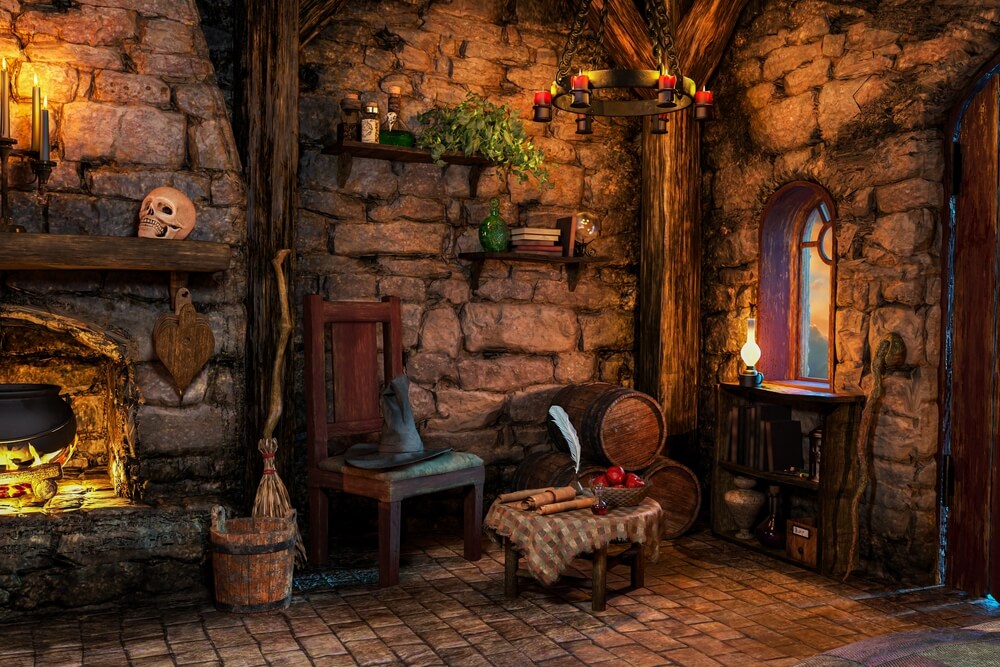
The earliest known example of a tiny home is believed to be the prehistoric dwellings known as pit houses. These were small. Round homes were dug into the ground with wooden frames and thatched roofs. Many cultures worldwide, including the Native Americans and Inuit, used them.
Longhouses replaced pit houses during the Neolithic period. Longhouses were larger and had rectangular shapes. They were still made with a wooden frame and a thatched roof, but they could accommodate more people. The first permanent tiny homes Canada were built during the Bronze Age. These houses were made with stone or adobe bricks and had tiled roofs.
They were often one or two stories tall and usually had a small garden or courtyard. During the Iron Age, houses began to be constructed with wood and mortar. This made them more durable and allowed for larger windows and doors. Tiny homes from this period have been found in Europe, Asia, and Africa.
The first recorded use of the term “tiny home” was in 1976, when Lester Walker published his book The Tiny House Book. In it, he described homes that were less than 400 square feet (37 m2). Since then, the popularity of tiny homes Canada has grown exponentially. There are many tiny homes today, from RVs and trailers to yurts and shipping containers.
Concluding Remarks
Grand living doesn’t have to be about big houses and expensive cars. It can be about enjoying the simple things in life and making the most of your living space. If you’re considering downsizing to a tiny house, we hope this article has given you some food for thought. There are many benefits to going small with tiny house plans, whether you want to save money or live a more eco-friendly life. So why not give it a try? You might find that the tiny homes in Canada are a perfect fit for you.
You May Also Read :
| Smart Home Automation | Technology of Smart Home in Canada |
| Condo Real Estate Housing Market | Condo Real Estate Market |
| Homes in Canada | Popular Style of House in Canada |
| Real Estate Market | Invest in Real Estate Market |
| Prepare Your House For Winters | Guide To Prepare Your House For Winters |
| Modern Duplex House Design | Understand Modern Duplex House Design |
Frequently Asked Question (FAQs)
There is no such thing as too big for a tiny house! The whole point of living in a tiny house is to downsize and simplify your life. A tiny house can be the perfect solution if you want to reduce your carbon footprint, save money on housing costs, and live a more minimalist lifestyle.
Living in a tiny house has its pros and cons, like anything else. On the plus side, you downsize your material possessions and live a simpler life. This can be very freeing, both financially and emotionally. You also have a smaller house to clean and maintain.
The average lifespan of a tiny house is around 20-30 years. This is much shorter than a traditional home's lifespan, typically around 60-70 years. Additionally, tiny houses are often moved more frequently than conventional homes, which can cause wear and tear on the structure.
Yes, you can permanently live in a tiny house! While a traditional home may have 2,000 square feet or more living space, a tiny house typically has only 400 square feet. This smaller footprint means you can downsize your belongings and simplify your life!
Tiny houses present some unique challenges when it comes to sewage. Because they are so small, there is often not enough room for a traditional septic system. Composting toilets do not require any water, and the waste is broken down into compost that can be used in the garden. Another option is to use a grey water system, where all the water from the house is collected and reused for irrigation or other purposes.
You can heat your tiny house in winter with a wood stove or electric heater. You can use an air conditioner or swamp cooler in the summer to keep your tiny house cool. You can also open the windows and doors to let in the fresh air. How big is too big for a tiny house?
Is it worth living in a tiny house?
How long do tiny houses last?
Can you permanently live in a tiny house?
How do Tiny Houses deal with sewage?
How Do You Heat and Cool a Tiny House?

